What Is the Correct Way to Use a Fire Extinguisher?
Most fire extinguishers use the PASS method of operation. It can be hard to think straight in the heat of the moment, so if you're in the midst of a fire, just remember:
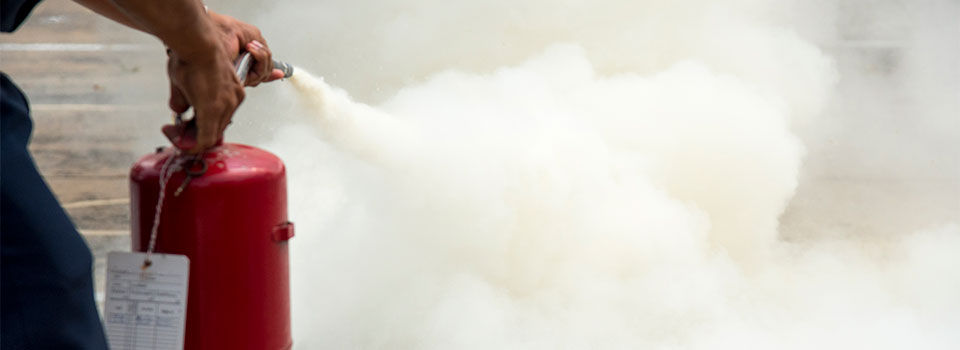
Hopefully, you'll never be in a situation where you need to use a fire extinguisher. But according to the National Fire Protection Agency (NFPA), there’s an average of over 350,000 house fires each year, so it’s best to be prepared. Here are some handy safety tips for handling and using fire extinguishers:
Most fire extinguishers use the PASS method of operation. It can be hard to think straight in the heat of the moment, so if you're in the midst of a fire, just remember:
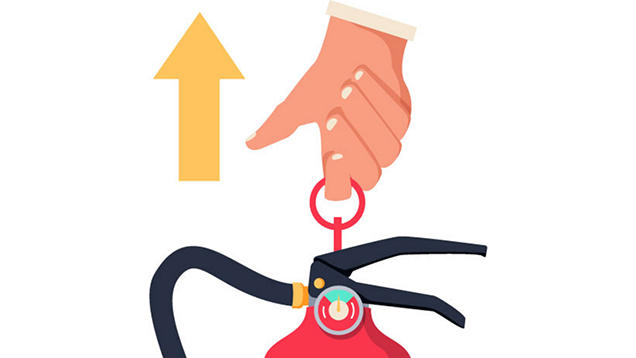
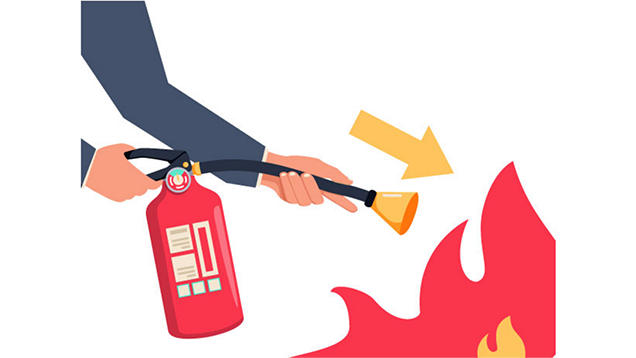


Sometimes you'll see an extinguisher with multiple letters and symbols, indicating that it's capable of handling various types of fires. Some common examples are ABC or BC.
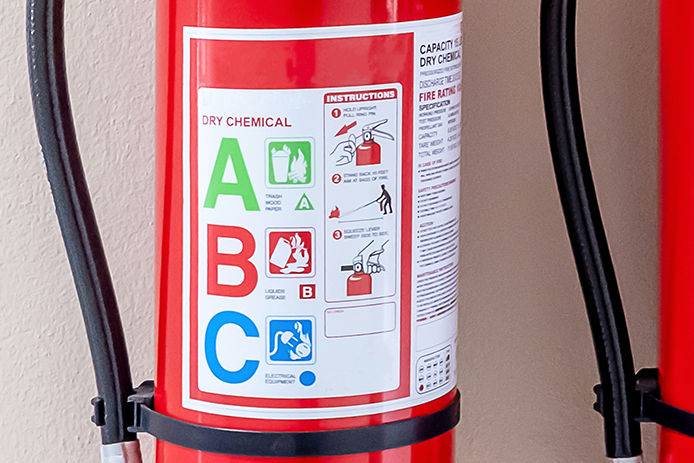
Different chemicals may be used depending on the class and application. Most common handheld extinguishers contain pressurized nitrogen or carbon dioxide (CO2).
The active ingredient may be a fine powder, gas, water, or some combination. While most chemicals used are safe, they may cause irritation if inhaled or come into contact with your skin. This is usually resolved easily with fresh air or by rinsing with water. But if you're ever unsure, go to the hospital or call Poison Control immediately.

Although they don't have a traditional "expiration date," most fire extinguishers have a life expectancy of 10-12 years.
A disposable fire extinguisher should be replaced every 10 years. If you have a rechargeable one, take it to an experienced fire equipment service provider to be inspected and recharged every six years.

Even if your fire extinguisher isn't 10 years old, you should test it weekly using the instructions printed on it. If the pin pops up when pushed and the gauge is green, you should be good to go. The NFPA recommends inspecting extinguishers at the time of installation, and then at least once a month after that. You may need to inspect it more often if it's stored in an area where it is prone to rust, impact, or tampering.
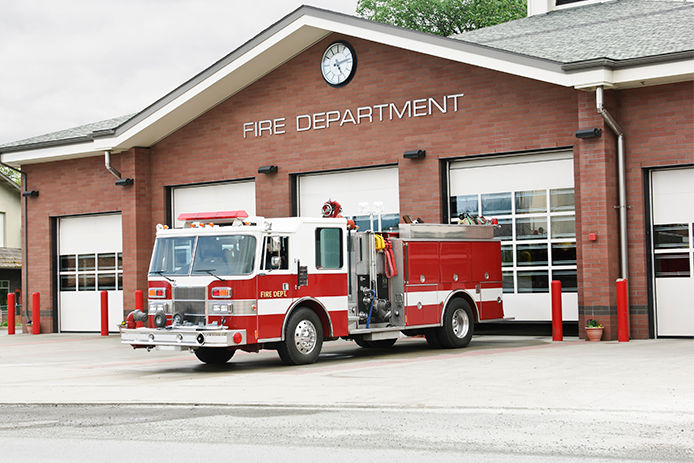
If you need to replace or dispose of a fire extinguisher, do not toss it in with your normal trash! If the extinguisher is fully or partially charged, call your local fire department to see if they will take it. If they won’t, find a hazardous waste disposal facility near you.
If the extinguisher is completely empty, squeeze the handle in a safe environment to ensure there is no pressure left. Then, remove the extinguisher head and call your local recycling center to tell them you’d like to drop off a steel container.
No matter what the scenario may be, it's usually quite scary when something unexpectedly catches fire. Always practice best safety standards when dealing with fire, and remember that handheld extinguishers are designed to fight small, manageable flames. If you're ever unsure of what to do in a situation - or if your fire extinguisher isn't equipped for the job - leave immediately and call 911 or your local fire department right away.